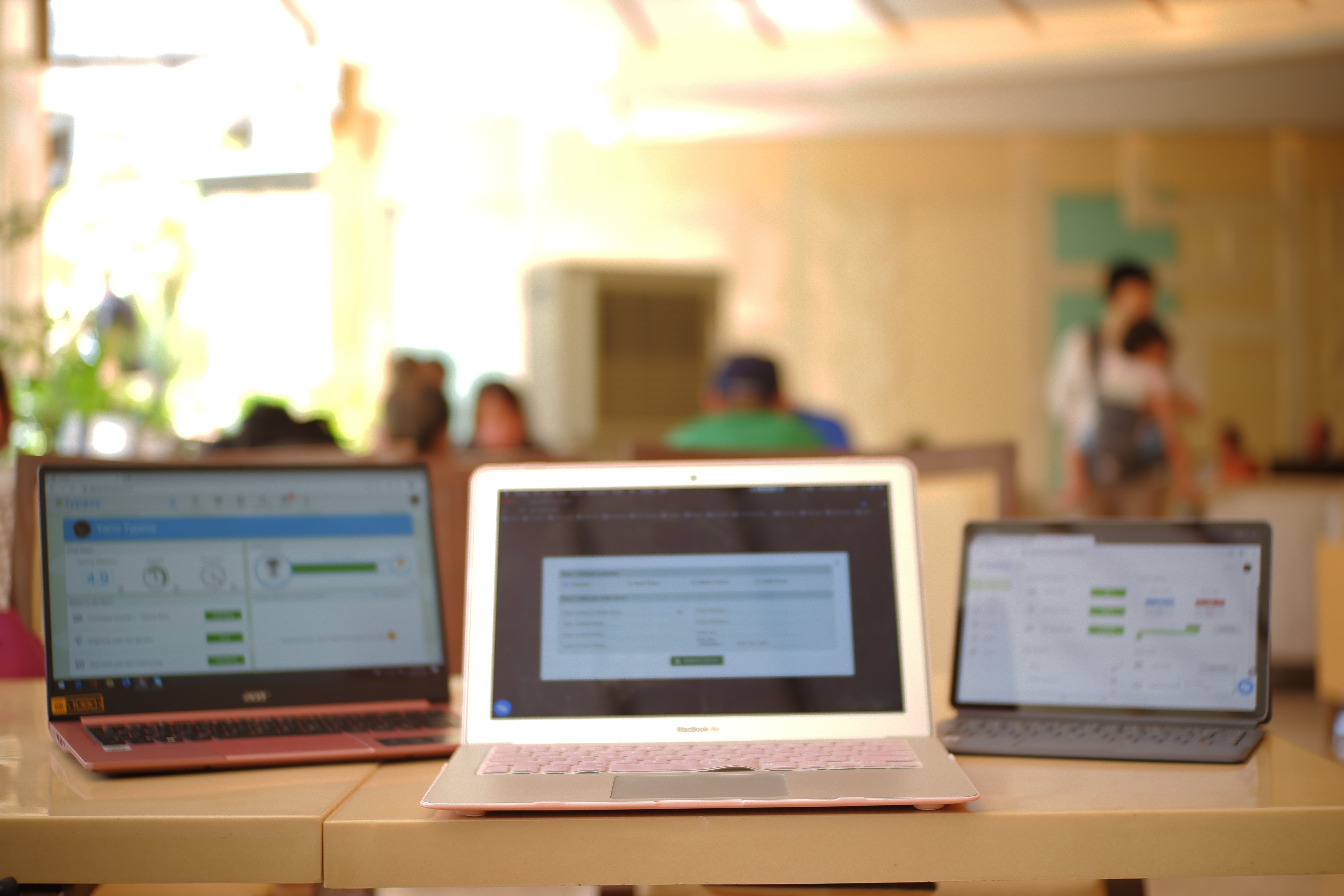
The pace at which typing evolves has always coincided with the evolution of technology itself– subtle, yet significant. Considering the speed of innovations in the past half-century, dozens of typing methods and platforms have emerged, from the physical keyboards of old-school Macintoshes to the built-in virtual ones on smartphones. It is only natural, then, for debates on which type of keyboard is better for effective typing to have slowly developed.
Numerous arguments have been made that favor the former or the more traditional method of the two. A research study published in the Journal of Usability Studies (JUS) found that when participants were made to type on three physical keyboards of varying weights, thickness, and key travels, there was a clear advantage in both performance and satisfaction when they typed on mechanical-key keyboards (Chaparro et al., 2014). With thinner keyboards, the participants experienced slower typing speeds (by approximately 10 words-per-minute) and typing errors such as incorrect key substitutions, omissions, and inadvertent insertions; they also reported that the flatter keyboards were more mentally demanding, more frustrating, and required more effort to use.
Physical keyboards seem to trump touch screen keyboards too. Speaking to the Washington Post, ergonomics consultant Ira Janowitz remarked that touch screen users have the tendency to push harder on the keyboard than necessary, resulting in gradual physical problems over time. Associate professor of industrial and systems engineering Bradley Chase added that smartphone usage in this manner could lead to neck, shoulder, and grip issues. The negative effects found in the JUS study also carry over to touch screen typing. This kind of keyboard makes touch typing difficult due to its sensitivity–a traditional typist would be unable to differentiate between the virtual keys without accidentally activating them.
“Old is gold” then when it comes to touch typing, as the evidence suggests. Physical keyboards are still vogue when it comes to typing properly, and steps have been taken by various software companies to merge new tech with old ones. So, if you’re hesitant to let go of your smartphone when touch typing, devices like Bluetooth keypads and software like Typesy make it possible for you to still stay connected to your physical keyboard.
Check out Typesy Community and exchange ideas related to touch typing, keyboarding, learning, technology, and Typesy program itself. Login with your Typesy Account here: https://community.typesy.com/